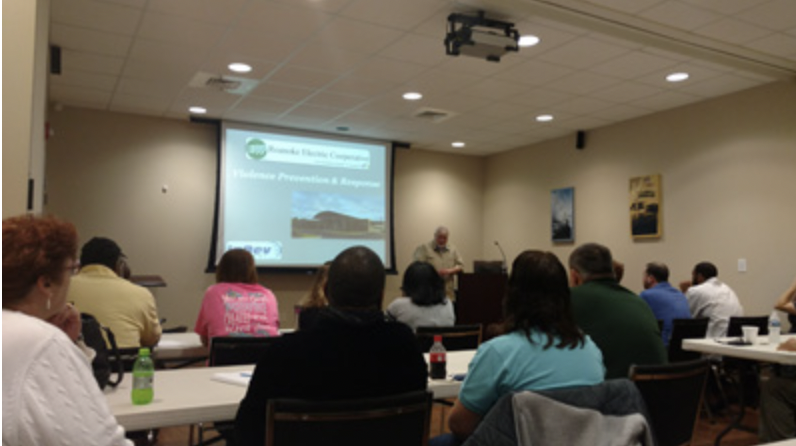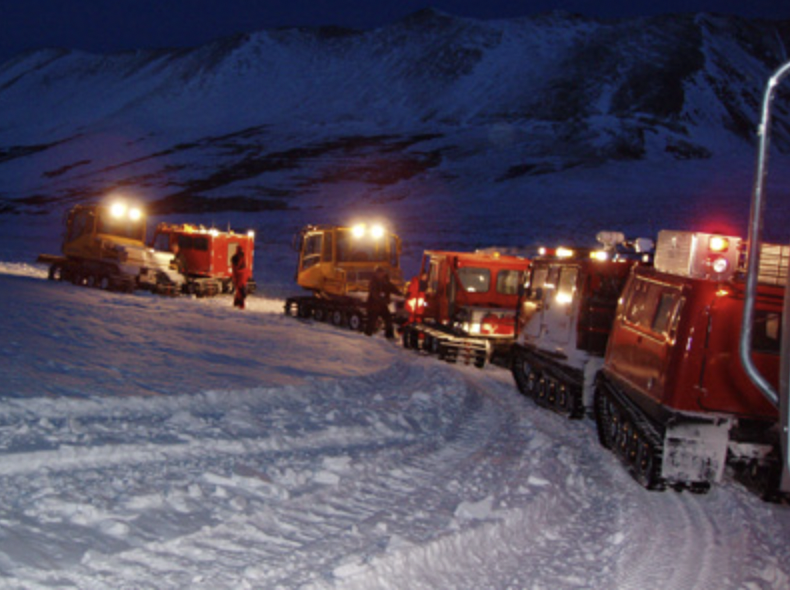Rethinking Utility Security
The names Nathan Baker, Zackary Randalls, Alex Boschert and William Froelich may not be familiar to you, but their stories are tragically important for utility workers. Nathan worked for East Mississippi Electric Power Association in Clarke County, Mississippi. Zackary was employed by Pacific Gas and Electric Co. (PG&E) in Fresno, California. And Alex and William worked for Laclede Gas Co. (LGC) near St. Louis. Except for Alex and William, who were employed by the same company, there is no evidence that these men knew each other or their paths ever crossed, so what thread binds them...

